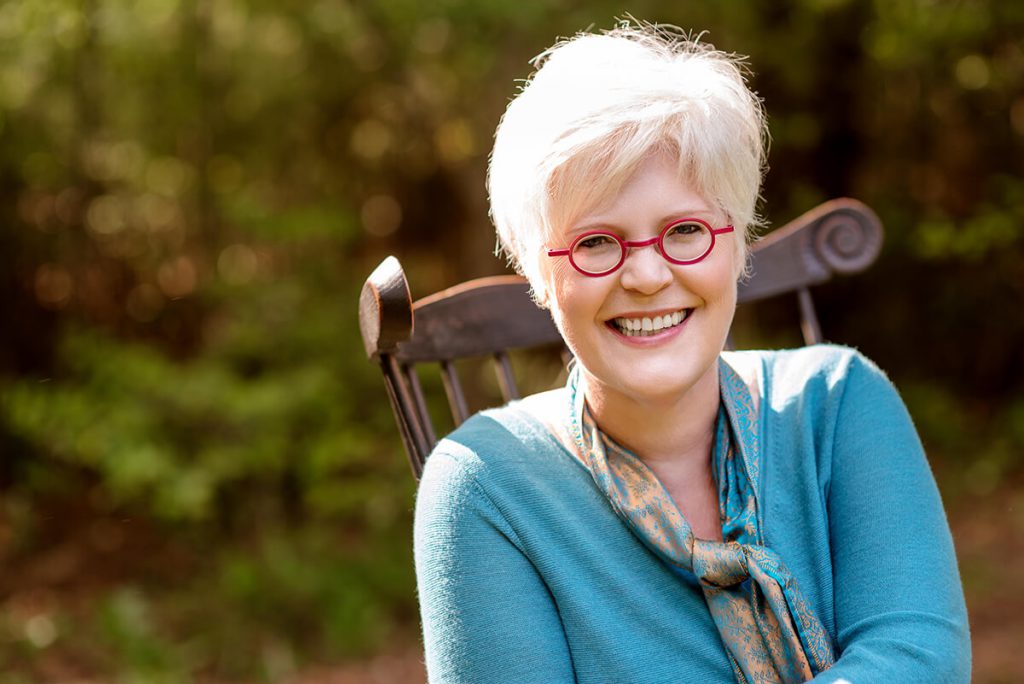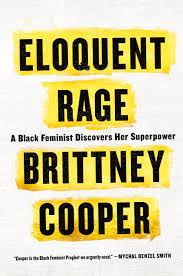Surprise gravity
“Speech was given to man to disguise his thoughts.” – Charles M. de Talleyrand
 I’m thinking that the human race needs to jump more.
I’m thinking that the human race needs to jump more.
 I read it just before going to sleep and decided that in addition to dancing in my car more, I need to jump more, leap, evade gravity, go real. And I need to see other people jump more, too.
I read it just before going to sleep and decided that in addition to dancing in my car more, I need to jump more, leap, evade gravity, go real. And I need to see other people jump more, too.
Ah, welcome to the fine art of Jumpology, sardonically outlined by famous photographer Philippe Halsman in this remarkable and odd and funny little book.
 Halsman was a famous photographer with 101 Life magazine covers to his credit when he died in 1979. Chosen as one of the world’s ten great photographers in an international poll, he was a photographer of the famous, creating iconic photos of Einstein, Dali, Marilyn Monroe, and many more. Halsman felt a portrait that did not show psychological insight was "an empty likeness" of its subject.
Halsman was a famous photographer with 101 Life magazine covers to his credit when he died in 1979. Chosen as one of the world’s ten great photographers in an international poll, he was a photographer of the famous, creating iconic photos of Einstein, Dali, Marilyn Monroe, and many more. Halsman felt a portrait that did not show psychological insight was "an empty likeness" of its subject.
 “May I take a picture of you jumping?” he asked Mrs. Edsel Ford. “I have never seen an expression of greater astonishment,” he recalled. “The astonished Mrs. Ford replied, "You want me to jump with my high heels?" She asked her children to excuse her and went with Halsman to the hall where she, indeed, jumped—having taken off those heels.
“May I take a picture of you jumping?” he asked Mrs. Edsel Ford. “I have never seen an expression of greater astonishment,” he recalled. “The astonished Mrs. Ford replied, "You want me to jump with my high heels?" She asked her children to excuse her and went with Halsman to the hall where she, indeed, jumped—having taken off those heels.
Next, her daughter-in-law, Mrs. Henry Ford II, requested a turn.
“I realized,” he wrote, “that deep underneath people wanted to jump and considered jumping fun.”
Rolleiflex in hand and tongue in cheek, he invented his own Rorschach test—“jumpology”—and convinced his subjects to become airborne in the interest of science.
 The "jump" pictures had charm, and over the next six years, Halsman asked clients to jump for him. Van Cliburn, Edward R. Murrow, and Herbert Hoover declined, but most jumped, like the carefully buoyant Vice President Richard Nixon who jumped for Halsman in the White House.
The "jump" pictures had charm, and over the next six years, Halsman asked clients to jump for him. Van Cliburn, Edward R. Murrow, and Herbert Hoover declined, but most jumped, like the carefully buoyant Vice President Richard Nixon who jumped for Halsman in the White House.
Halsman claimed the jumps revealed character that was otherwise hidden. "When you ask a person to jump, his attention is mostly directed toward the act of jumping and the mask falls so that the real person appears."
“Our entire civilization, starting with the earliest child education, teaches us how to dissimulate our thoughts, how to be polite with people we dislike, how to control our emotions. ‘Keep smiling’ or ‘stiff upper lip’ are new categorical imperatives. The result of this is: when we look at somebody’s face, we don’ know what he thinks or feels. We don’t even know what he is like. Everybody wears an armor. Everybody hides behind a mask.
But one of our deepest urges is to find out what the other person is like. This curiosity to peek under other people’s masks is responsible for the success of gossip columnists, of magazines like Confidential and True Confessions, of tell-it-all autobiographies. It influences even our love life. How many romances started with the desire to penetrate the beloved’s enigmatic armor? And continued with the hope that in a cataclysm of passion the mask would fall as masks do fall—alas—in the moments of other great catastrophes.”
 Psychologists, he notes, have many methods for finding out what’s behind our masks—psychoanalysis, hypnotism, Rorschach tests, associations tests, a battery of methods to which Halsman amusedly adds jumpology. He “analyzes” the photographs, commenting on his interpretation of jumps—the symbolism of the leg and arm positions, the face, the ways in which American jumps differ from British jumps. A new measure of cultural difference, imagine! Are your arms straight out, straight up? Your fists clenched or spread wide? Your knees straight or bent? Your mouth open or closed? (Halsman wasn’t fooled by Tallulah Bankhead, who pretended to jump, but kept one foot firmly on the ground—do I ever do that?)
Psychologists, he notes, have many methods for finding out what’s behind our masks—psychoanalysis, hypnotism, Rorschach tests, associations tests, a battery of methods to which Halsman amusedly adds jumpology. He “analyzes” the photographs, commenting on his interpretation of jumps—the symbolism of the leg and arm positions, the face, the ways in which American jumps differ from British jumps. A new measure of cultural difference, imagine! Are your arms straight out, straight up? Your fists clenched or spread wide? Your knees straight or bent? Your mouth open or closed? (Halsman wasn’t fooled by Tallulah Bankhead, who pretended to jump, but kept one foot firmly on the ground—do I ever do that?)
The presidents of corporations that appear in the book, for example, all jumped exactly the same way – straight legs, outstretched, bent arms. The reporters were also in identical jump positions, stick figures straight with arms at their sides. Does our jump form determine our career, our destiny, our way of being in the world? he mused.
Of course, knowing that the jump reveals one’s character influences the jump, doesn’t it? Marilyn Monroe’s first jumps were like a free and exuberant girl on a playground. After Halsman indicated that jumps reveal character, she was unable to continue, paralyzed by the vulnerability.
 What does my jump look like? Too constrained, too planned, too tight, too self-conscious, not like Oppenheimer fully extended and reaching the stars. I want to change that. I want mine to be more like a child’s—unburdened by the observations of others, unplanned and full of sheer delight at being airborne—how miraculous! how unbelievable! how freeing! how carefree!
What does my jump look like? Too constrained, too planned, too tight, too self-conscious, not like Oppenheimer fully extended and reaching the stars. I want to change that. I want mine to be more like a child’s—unburdened by the observations of others, unplanned and full of sheer delight at being airborne—how miraculous! how unbelievable! how freeing! how carefree!
Halsman knew that we all try desperately to establish our identity. “This fascination with the human face has never left me…Every face I see seems to hide and sometimes, fleetingly, to reveal the mystery of another human being…capturing this revelation became the goal and passion of my life."
As Charles M. de Talleyrand said, language is a mask. In my work, we know that using language is a way of being clever, of deflecting the truth, of masking; we must take language away when possible, to avoid that social masking, to get away from merely saying what teacher wants, to get to our own truth, a truth that more often than not comes out in the body, not the brain. Escaping gravity takes away cleverness, leaving us with our glorious ordinary, our jump.
~*~ 37 Days: Do it Now Challenge ~*~
 Forget Myers Briggs Personality Type Tests and Rorschach assessments – how do you jump? Examine your psychological portraiture in mid-air, without gravity to hide behind.
Forget Myers Briggs Personality Type Tests and Rorschach assessments – how do you jump? Examine your psychological portraiture in mid-air, without gravity to hide behind.






